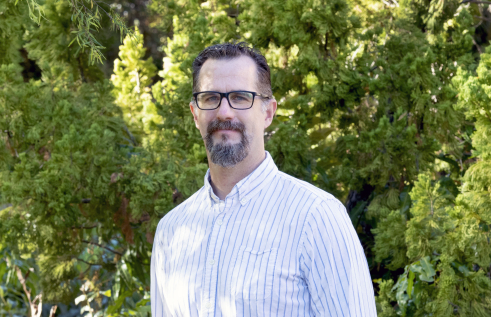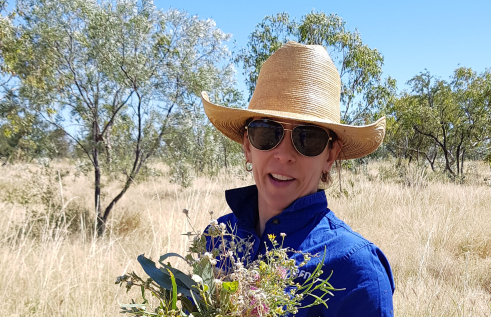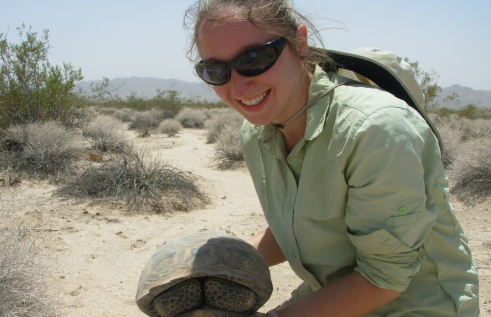RIEL seminar series
HDR Reports
| Presenter | Billee McGinley and Natalie Robson | |
|---|---|---|
| Date |
|
|
| Time |
to
|
|
| Contact person | E: RIEL.outreach@cdu.edu.au | |
| Location |
Casuarina campus Yellow 1, Level 1, Room 39 and online Zoom: https://charlesdarwinuni.zoom.us/j/82236577132 |
|
| Open to | Public | |
Spatial analysis for planning ecological sustainable development of utility-scale solar and wind energy in the Northern Territory, presented by Billee McGinley
Conservation of biodiversity, climate mitigation and renewable energy targets and goals converge in current policy plans in 2030. While a transition to renewable energy is a key solution to mitigate climate change, large areas of land will be required and conflicts with conservation are arising.
The Northern Territory (NT), with widespread solar resources experiencing an influx of utility-scale solar developments, regional landscapes have been identified where it is intended that solar and wind energy systems could power production of green hydrogen for global export. Planning for sustainable regional development of onshore utility-scale solar and wind farms benefits from an independent decision-making framework to minimise negative impacts to biodiversity and to avoid land use conflicts.
The research being undertaken is using Geographic Information Systems to build a spatially enabled multi-criteria evaluation (MCE) framework to plan for sustainable regional development of onshore utility-scale solar and wind energy projects in the NT. This presentation will unveil spatial data that will be incorporated into the MCE model. Spatial analysis of regional ecosystem that could be impacted, within a bioregional framework, will also be reviewed to evaluate confidence in regional planning for positive sustainability outcomes.
Planning for sustainable regional development of renewable energy can both propel a rapid transition to renewable energy and promote ethical investment, with the backing of the community.
Billee McGinley is a geo-spatial scientist with a diversity and depth of experience in natural resource management and the use of Geographic Information Systems. Residing on Kulumbirigin Country (Darwin, NT) since 2001, Billee has worked widely across the Top End of the NT, including many years working for Indigenous land and sea managers.
Habitat Use and Genetics of Foraging Green Turtles (Chelonia mydas) in the Top End, presented by Natalie Robson
Green turtles (Chelonia mydas) are listed as “vulnerable” and “migratory” under the Commonwealth’s Environment Protection and Biodiversity Conservation (EPBC) Act 1999 and “Endangered” by the International Union for Conservation of Nature's Red List of Threatened Species.
However, their population status in the NT is currently unknown. Green turtles are an important food resource for Indigenous Australians and a species of cultural importance across many areas of the Top End. Marine turtles in the NT are at risk from marine debris, climate change, chemical and terrestrial discharge, international take (turtles taken outside Australian waters), and Indigenous take.
Natalie Robson's PhD aims to sample green turtles resident to foraging areas in the Top End, to identify their natal origins, migratory corridors and their breeding and foraging areas in order to inform on-ground management plans.
This presentation is an overview of Natalie's PhD aims, methods, and a brief summary of the results collected so far.
Related Events

Loss of Earth's old, wise and large animals
Read more about Loss of Earth's old, wise and large animalsIn this seminar, Keller will outline that humans have caused a decline in old age-classes of wild animal populations whereby many of Earth’s oldest, often largest, and most experienced individuals have been eliminated from ecosystems.

A biome approach to plot-based vegetation classification in northern Australia
Read more about A biome approach to plot-based vegetation classification in northern AustraliaIn this seminar, Donna will present a floristic plot-based classification of the Australian tropical savanna biome using a composite of vegetation plot-based data sourced from the Queensland, Northern Territory and Western Australia governments, TERN, and non-government organisations.

Host–pathogen–microbiome interactions
Read more about Host–pathogen–microbiome interactionsDr Chava Weitzman will discuss the relative ease and challenges of studying emerging diseases in two groups of hosts, tortoises and house finches, each impacted by a bacterial Mycoplasma pathogen.

